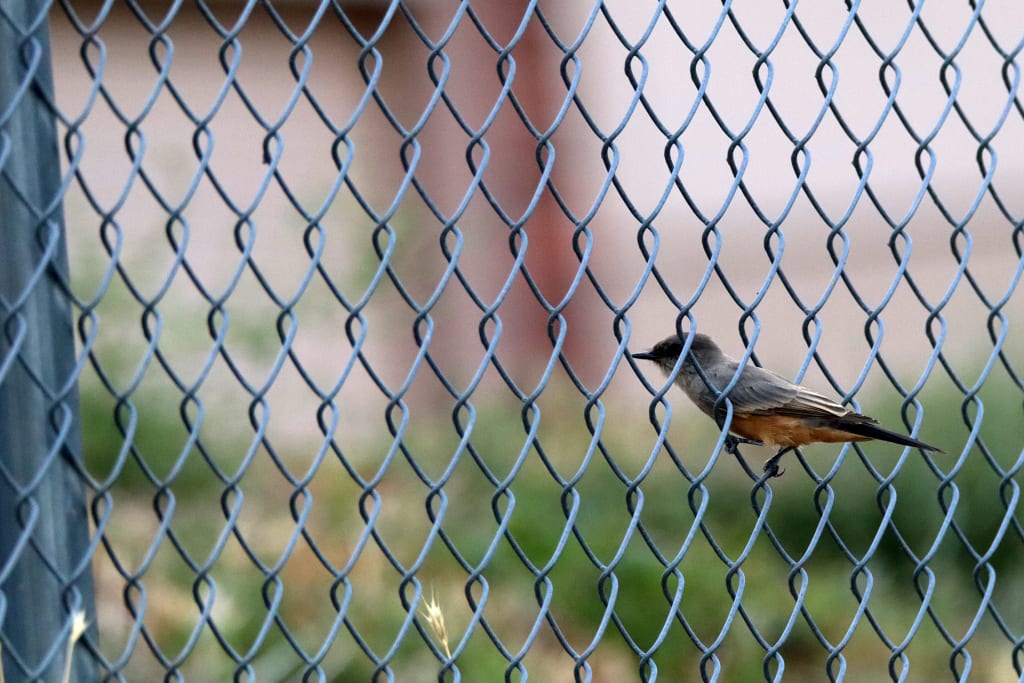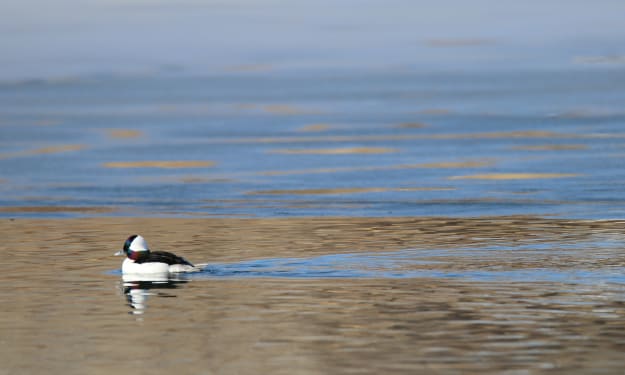How to Help Avoid Bird Collisions at Your Home
Windows can be a menace to neighborhood birds

Bird-window collisions are a significant problem, causing the deaths of millions of birds worldwide each year. This issue not only affects bird populations but also disrupts ecosystems and biodiversity.
Bird collisions not only impact individual bird species but also have broader ecological implications. Birds play critical roles in various ecosystems, and their loss can disrupt these functions. Some bird species, such as hummingbirds, are important pollinators. Their decline can affect plant reproduction and the overall health of plant communities. Birds often disperse seeds over large areas, contributing to forest regeneration and plant diversity. Reduced bird populations can lead to less effective seed dispersal, impacting plant growth and forest health. Birds consume a significant number of insects and other pests. A decline in bird populations can lead to increased pest populations, affecting agriculture and human health.
Understanding why birds collide with windows and how to prevent these collisions is crucial for bird conservation and the preservation of ecological balance. Birds collide with windows primarily because they cannot perceive glass as a barrier. There are several reasons for this:
- Reflection: Windows reflect the surrounding environment, such as trees, sky, and clouds. Birds see these reflections and mistake them for actual habitat, attempting to fly through what appears to be open space.
- Transparency: Birds can see through windows to the interior of a home, including plants or other attractive features, and attempt to fly through the glass.
- Nighttime Lighting: During the night, artificial lights from windows can attract migratory birds, particularly during overcast conditions or when there are low visibility conditions.
Humans have a responsibility to mitigate their impact on wildlife. Simple measures to prevent bird collisions are part of ethical wildlife conservation practices. Reducing bird collisions can help maintain healthy bird populations, ensuring that beyond the ecological impact, people can continue to observe and appreciate birdlife.
Methods to Prevent Bird Collisions with Windows
There are several effective methods to reduce bird collisions with windows, ranging from simple DIY solutions to commercial products designed specifically for this purpose.
1. Window Decals and Stickers
Applying decals or stickers to windows is a popular method to make glass visible to birds. These decals come in various shapes and designs, such as silhouettes of birds, geometric patterns, or even UV-reflective stickers that are visible to birds but not humans. When applying decals, it's essential to:
- Place them on the outside of the window.
- Use a dense pattern (spacing of 2-4 inches) to ensure birds see the obstruction.
- Cover a significant portion of the window, not just a few stickers.
2. Bird Tape
Bird tape is another effective solution. This special tape can be applied in horizontal or vertical stripes on the outside of windows. The spacing should be 2 inches apart vertically or 4 inches apart horizontally to be effective. Bird tape is easy to apply and can be cut to desired length.
3. Window Films
Translucent or patterned window films can be applied to the exterior of windows to reduce reflections and transparency. These films can be decorative and add an aesthetic touch to your home while preventing bird collisions. They are also a more permanent solution compared to decals and tape.
4. Screens and Netting
Installing external screens or netting over windows can effectively prevent bird collisions. Screens create a physical barrier, while netting provides a cushion if birds do fly into the window, preventing injury. This method is particularly useful for large windows or areas with high bird activity.
5. Adjusting Indoor Lighting
At night, reduce or eliminate indoor lighting that can attract birds. Close curtains or blinds, especially during migration seasons. Outdoor lighting should be directed downward and minimized to reduce its attractiveness to birds.
6. Installing Bird-Friendly Glass
For new constructions or window replacements, consider using bird-friendly glass. This type of glass is designed with patterns or UV coatings that are visible to birds, making it easier for them to avoid. Although more expensive, it is a highly effective and long-term solution.
7. DIY Solutions
For those looking for cost-effective methods, DIY solutions can be just as effective:
- Soap Patterns: Draw patterns on windows with a bar of soap. This temporary solution can be reapplied as needed.
- String Curtains: Hang strings, ribbons, or other materials in front of windows to create a visual barrier. Space them closely to ensure effectiveness.
- Sticky Notes: Place sticky notes in a dense pattern on the window. While not the most aesthetic solution, it can be effective in preventing collisions.
8. Bird Feeders and Baths Placement
Place bird feeders and baths either very close to windows (within 3 feet) or far away (more than 30 feet). When feeders are close, birds are less likely to build up enough speed to harm themselves if they hit the window. When placed far away, birds have enough time to recognize the glass as they approach.
The Role of Education and Community Involvement
Educating the public about the importance of preventing bird-window collisions is crucial. Community involvement can significantly amplify conservation efforts. Here are some ways to promote awareness and action:
- Workshops and Seminars: Organize workshops and seminars to educate homeowners, building managers, and schools about the issue and the available solutions.
- School Programs: Incorporate bird conservation topics into school curricula, encouraging students to participate in projects to make their schools more bird-friendly.
- Local Government Initiatives: Advocate for local government policies that promote the use of bird-friendly building materials and designs in new construction and renovations.
- Partnerships with Conservation Organizations: Partner with bird conservation organizations to promote awareness campaigns and provide resources to the community.
Preventing bird-window collisions is an important and achievable goal for homeowners and communities. By understanding why birds collide with windows and implementing effective prevention methods, we can significantly reduce the number of bird fatalities. This effort is essential for the conservation of bird populations, the maintenance of biodiversity, and the overall health of ecosystems. Furthermore, public education and community involvement are crucial in promoting widespread adoption of bird-friendly practices. Together, we can create a safer environment for birds and enjoy the many benefits they bring to our natural world.
About the Creator
Erica J.
Chronic-pain sufferer just trying to be healthy and enjoy life while bird lurking and photographing nature. Purchase photo prints, read birding blogs, or see hiking videos: https://linktr.ee/erica80hd
Enjoyed the story? Support the Creator.
Subscribe for free to receive all their stories in your feed. You could also pledge your support or give them a one-off tip, letting them know you appreciate their work.






Comments
There are no comments for this story
Be the first to respond and start the conversation.